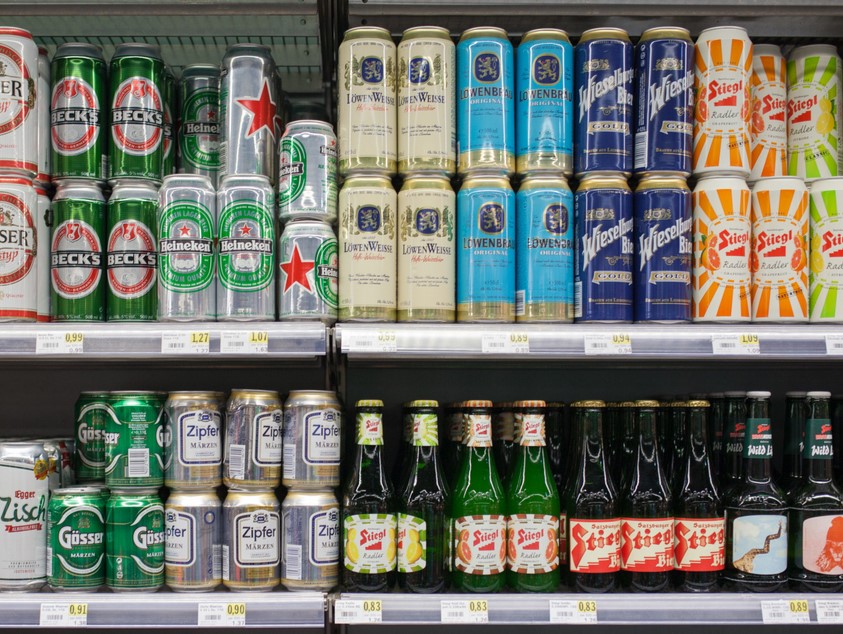Beer sales in Ontario convenience stores shift insurance needs

On Sept. 5, convenience stores across Ontario began selling beer, wine and ready-to-drink cocktails. Many store owners have praised the move, saying it may be the catalyst that saves their business, according to several news outlets.
But in addition to new lines of alcoholic beverages, those store owners found themselves stocking a less desirable commodity – added risk.
“You’re adding another whole line of stock and cost,” says Kris Giddy, managing partner at Mitch Insurance in Kingston, Ont. “These are in-demand, high-value products that are effectively sitting there. When you talk about a normal convenience store, those high-value products just aren’t there.
“And…you’re increasing the traffic to these convenience stores by offering this product. You’re getting a whole new vertical of clientele that’s showing up at your door that you typically wouldn’t see – and it’s apart from [the people] getting chocolate bars, Gatorades and lottery tickets.”
Risk reboot
That new customer traffic changes a store’s risk calculus.
Using what he stresses is a hypothetical example, Giddy notes that if you currently have X number of customers coming through the door each day, that total will shift to 5X or 10X once alcoholic beverages hit the shelves.
And more foot traffic, plus more expensive merchandise, could translate to increased thefts of stock, and possibly more robberies.
“Desperate people do desperate things, and where typically the convenience store would not be on the radar for a criminal to hold up, now it is,” he adds. “There’s [also] potential for more cash in the register. You have to be naive not to think it is going to increase the exposure from a crime perspective.”
Other crime concerns stem from the fact that convenience stores are open at later hours than many Liquor Control Board of Ontario outlets – and often have just one or two people staffing during late shifts. That can make the stores targets for criminals, Giddy notes.
Coverage parameters
Convenience store owners opting in to alcohol sales can expect changes to insurance coverage requirements as well as commensurate premium increases. For example, $5 million in commercial general liability, which is standard for a wide variety of retail businesses, should be in place.
Parameters relate primarily to liability, which Giddy says can segue into a “conversation any diligent broker is going to have with their retail client surrounding that increased crime exposure, that increased traffic, that increased stock value.”
Typically, the conversation starts with a client asking the broker to make sure the general liability piece, that $5 million limit, is in place.
“From there, the broker’s going to piggyback that conversation to talk about the liquor liability exposure with the sale and consumption of alcohol, and how that relates to [the] business owner,” he adds.
Risk reduction
Then, the discussion turns to risk mitigation efforts like placing the soon-to-be-added high value stock more out of customers’ reach to prevent theft. Brokers will have to say to store owners, “You guys are now carrying X amount of stock. We have to cover this off,” says Giddy.
He stresses these broker-client processes aren’t like what happens when someone opens a new business. It’s a change to an existing business.
“We’re not reinventing the wheel when it comes to adding this product line to your store. Essentially, there is already liability in place. There is already stock coverage in place. There’s already crime coverage in place. It’s just having that conversation with the client and recognizing that these limits do have to be increased to cover off this increased exposure,” says Giddy.
Business interruption coverages must also be revisited, since alcohol sales will increase profits.
“We have to educate the client that there is a real exposure to this. As you enter this new world where they are allowed to sell this higher value product, profits are going to increase accordingly,” he says.
“If there is a physical damage claim, something as simple as a fire, then the profits that client or business owner is able to retain [will be lost] if they suddenly have to shut down.”
Feature image by iStock/Umkehrer







